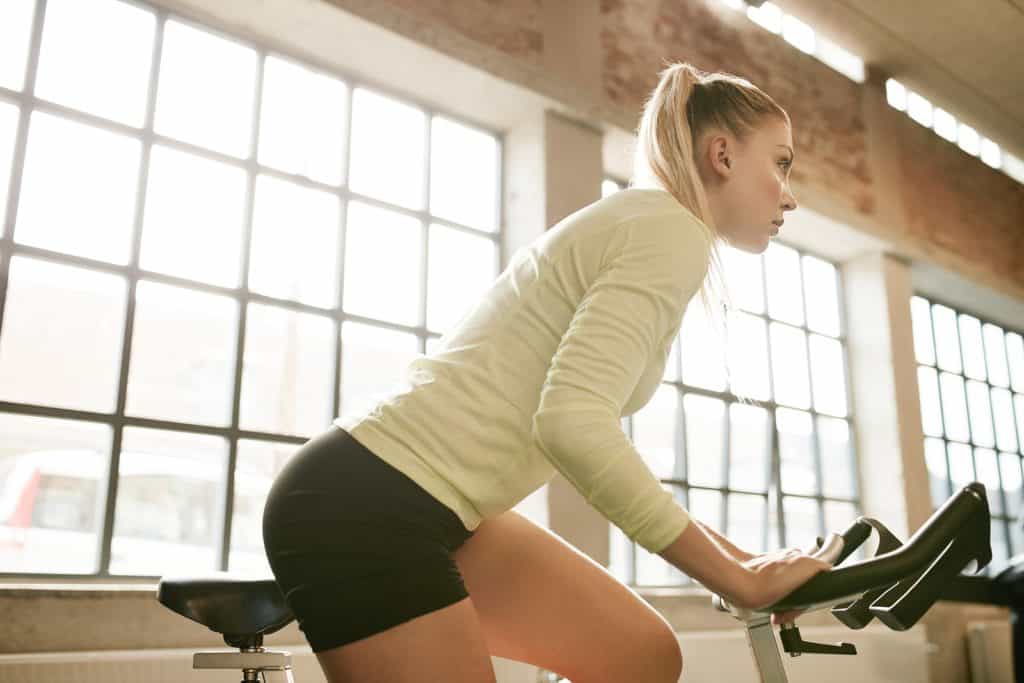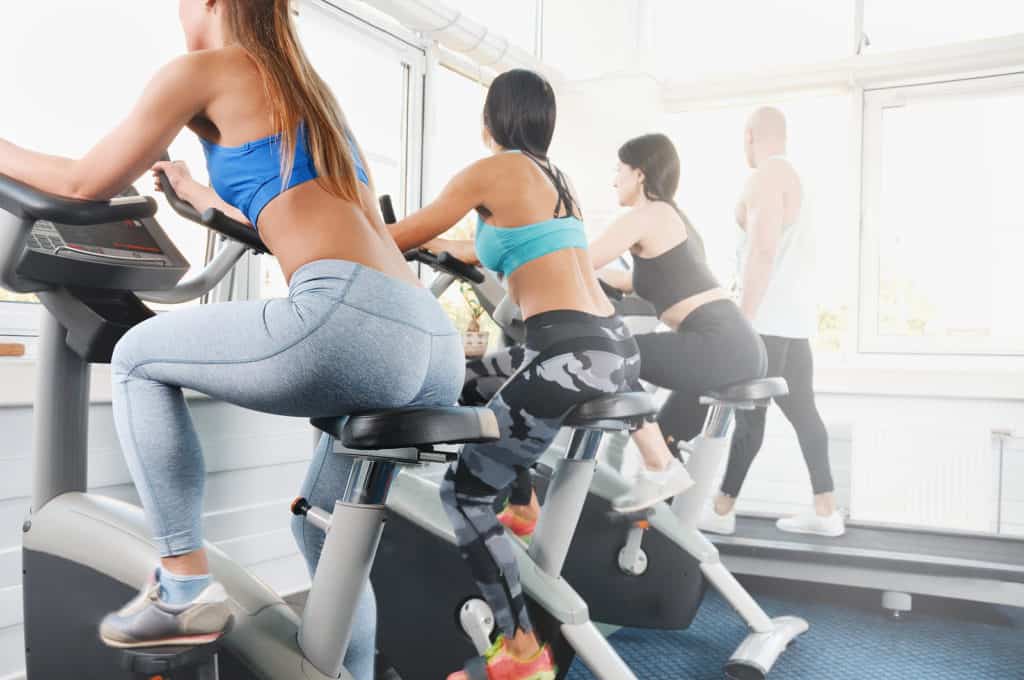A new research study[1] shows that a four-second power cycling training increases maximal anaerobic power, peak oxygen consumption, and total blood volume. [2] A mere four seconds of all-out exercise, repeated two or three dozen times, could be all many of us need to build and maintain our fitness, strength, and physical power, according to an inspiring new study of the potency of super-quick workouts.

What was the Goal of the Research Study?
Past studies show that workouts with extreme intervals varying in length from four minutes or even less enhanced phases of health and fitness to similar or a greater degree than much more extended sessions of endless, gentler exercise, like walking or jogging. The optimal duration of the individual intervals remains ambiguous, though. Most exercise scientists recognize as interval should vigorously arouse and pressure our hearts, lungs, and muscles, urging them to improve in profitable ways. But such strenuous workouts should not be so exhausting to the point of not completing the intervals. Each interval should be, in reality, as difficult and as bearable as possible.

What were the Research Methods of the Study?
Professor Edward Coyle of Kinesiology and Health Education at the University of Texas at Austin concluded that the sweet spot of this interval is about four seconds. He and his colleagues examined fit and professional athletes, and these athletes developed enormous speed and power while pedaling functional stationary bicycles that highlight a heavy flywheel and no resistance. Dr. Coyle and his colleagues found an effort they could retain shortly but often repeat with a few seconds of recovery time in between.
To know whether four-second intervals truly give enough exercise, Prof. Coyle and his colleagues set up a set of recent experiments. They invited college students to finish five repetitions of four-second intervals on the specially designed bikes every hour throughout an eight-hour workday during the first study. They discovered that the volunteers metabolized fat much better the next day than if they sat all day without exercising. Another study was conducted including out-of-shape, older adults. This is a more extensive and longer study and revealed that regular, four-second interval workouts, during which volunteers repeated the small but intense intervals on the bikes at least 15 times per session, significantly increased their aerobic fitness and leg muscle mass after eight weeks.
A new study was done to make sure a four-second interval workout would enhance fitness and muscular power in people who started in good shape. Dr. Coyle and his colleagues convinced 11 healthy, active young men and women to come to the lab and push themselves through 30 repetitions of the four-second, all-out efforts on the bikes, with at least 15 seconds of rest in between. The volunteers performed three sessions of these intervals each week for eight weeks, for a total of 48 minutes of exercise over the two months. They did not otherwise exercise during this time. In that time, the researchers found that they added 13% to a significant aerobic fitness measure and 17% to their muscular power, regulated by how many watts they created while pedaling the bike.
What were the Results and Conclusions of the Findings?
These results suggest that a few seconds of strenuous effort “definitely provide enough stimulus” to bolster already-robust hearts and muscles,” Dr. Coyle said. “In practice, he continued, this might mean repeatedly sprinting uphill for four seconds at a time or taking stairs two or three at a time in four-second spurts. “The study’s implications also are cautionary, though,” he pointed out. The research that he conducted implies that being inactive for long periods could have harmful consequences on metabolic health, weakening the profits of high-intensity workouts.

Recommendations for Fitness Trainees Based on the Research
“In general, it’s going to be a good idea to get up and move around throughout the day,” he said, “and then sometimes, also, to move around in a way that is physically intense,” even if it lasts as little as four seconds.
References
1. “Four-Second Power Cycling Training Increases Maximal Anaerobic Power, Peak Oxygen Consumption, and Total Blood Volume” 2. “Exercise Vigorously for 4 Seconds. Repeat. Your Muscles May Thank You.”

Tim is the founder of FitAtMidlife.com – an avid gym rat for 30+ years, he’s a reviewer of many, many shoes – and founder of the Speed Bag Gathering – the world’s only gathering of speed bag punching enthusiasts. See more gym reviews at Tim’s YouTube channel.

